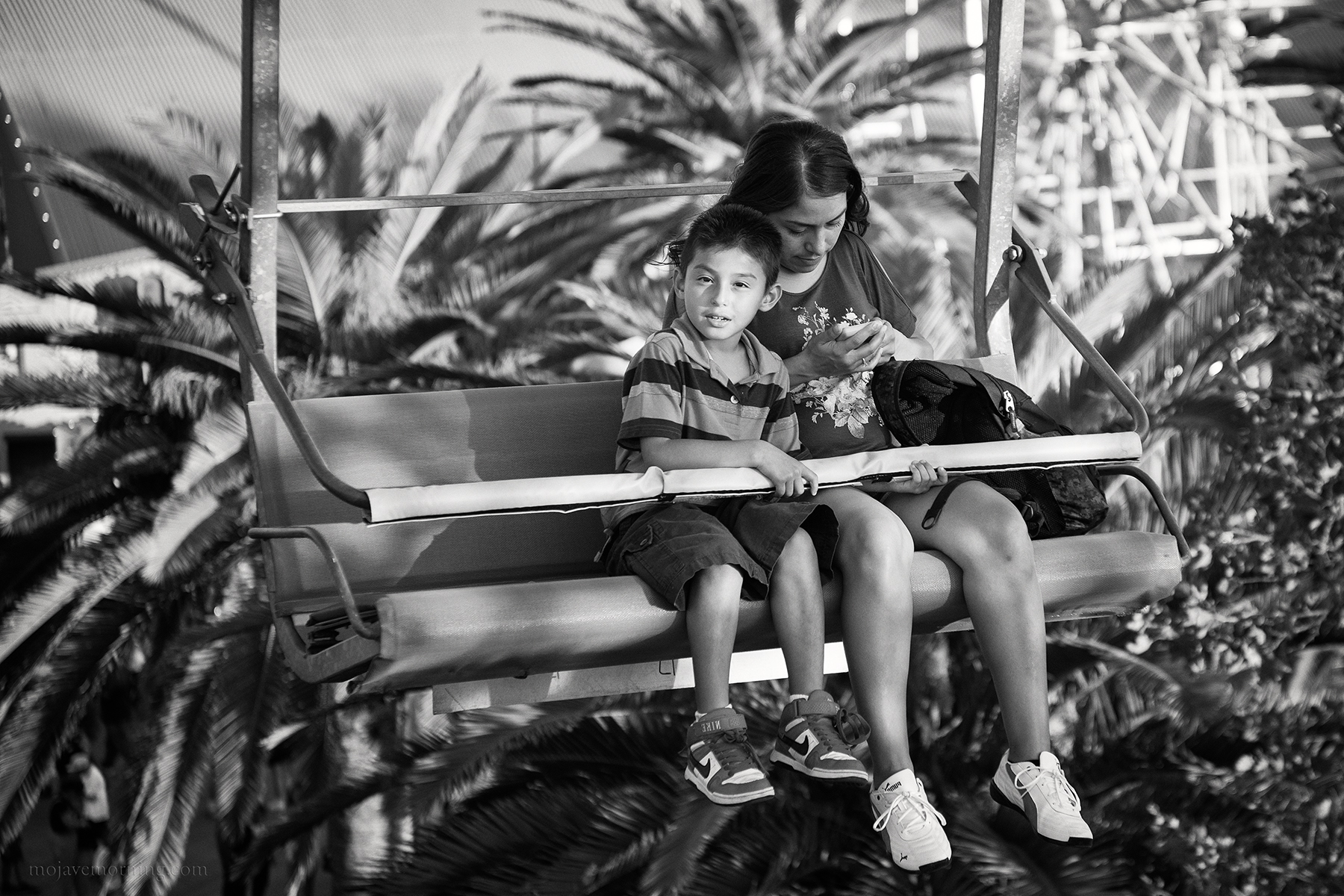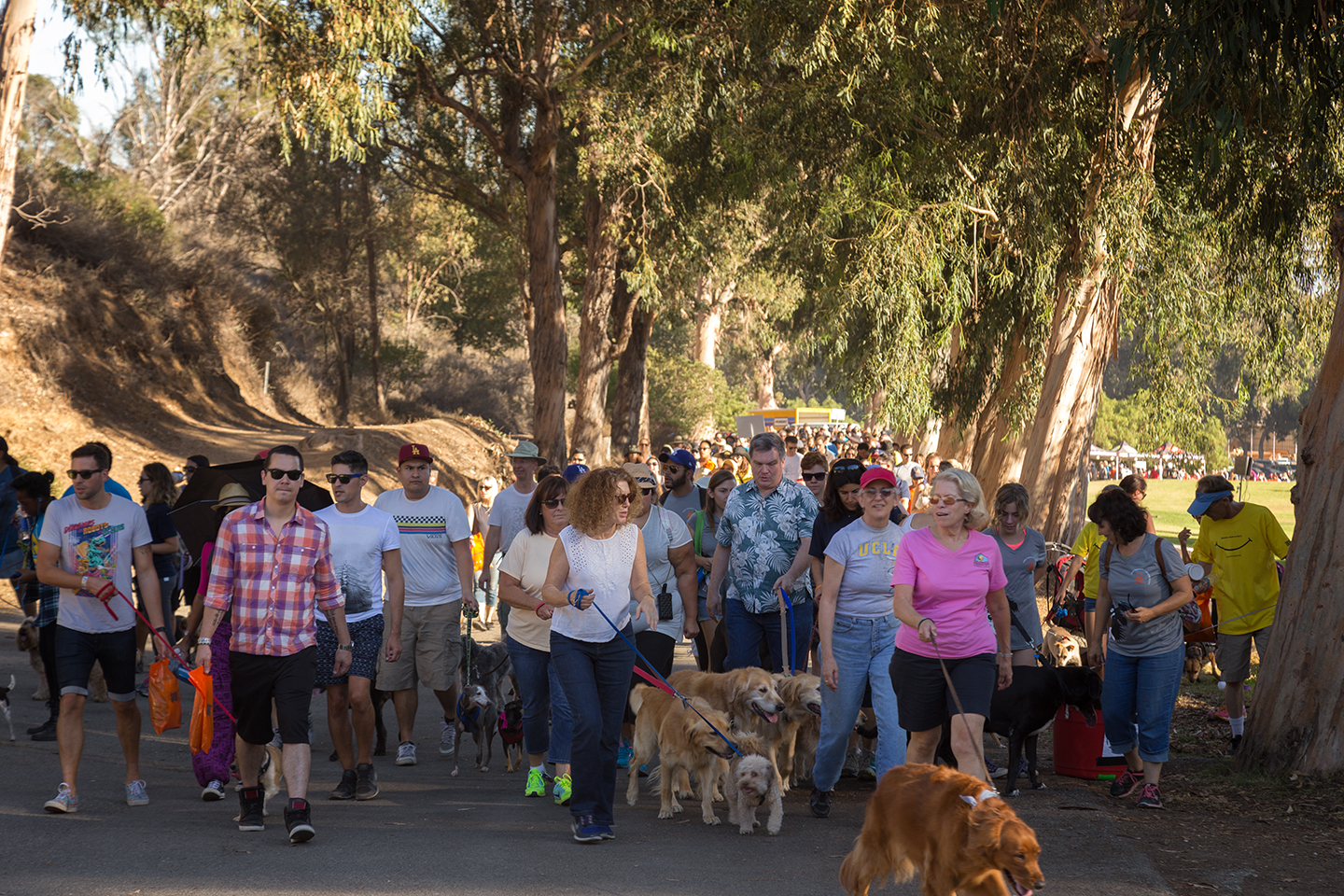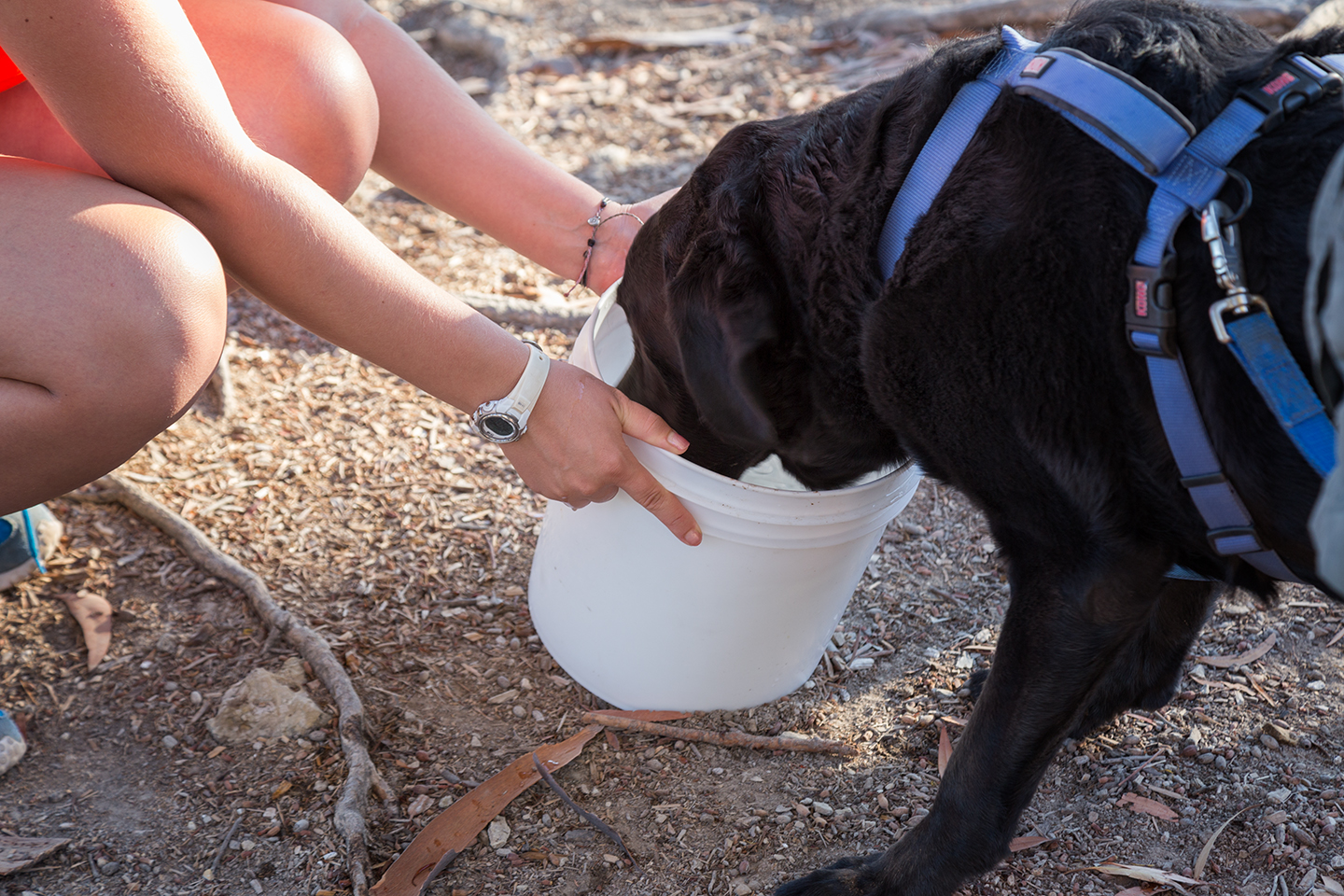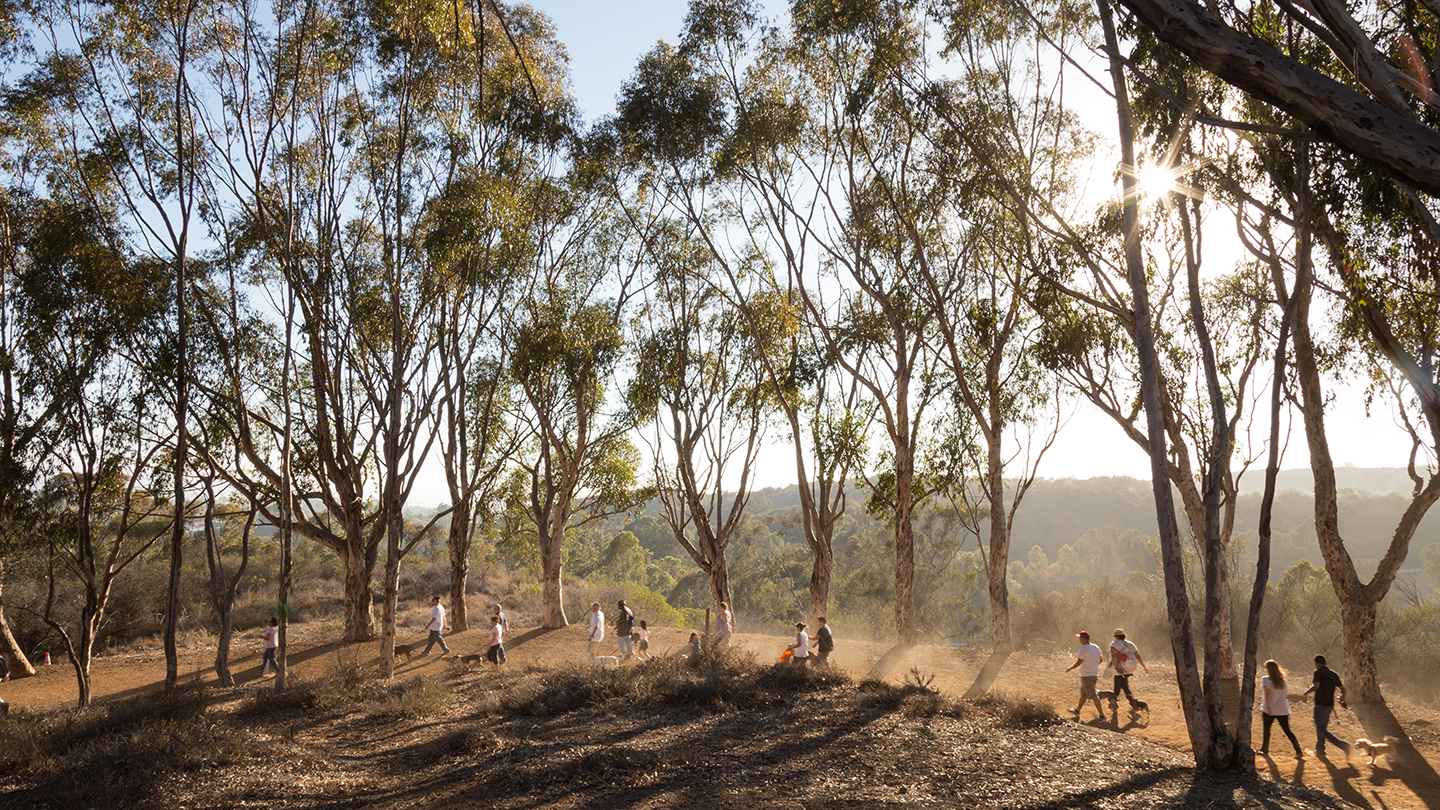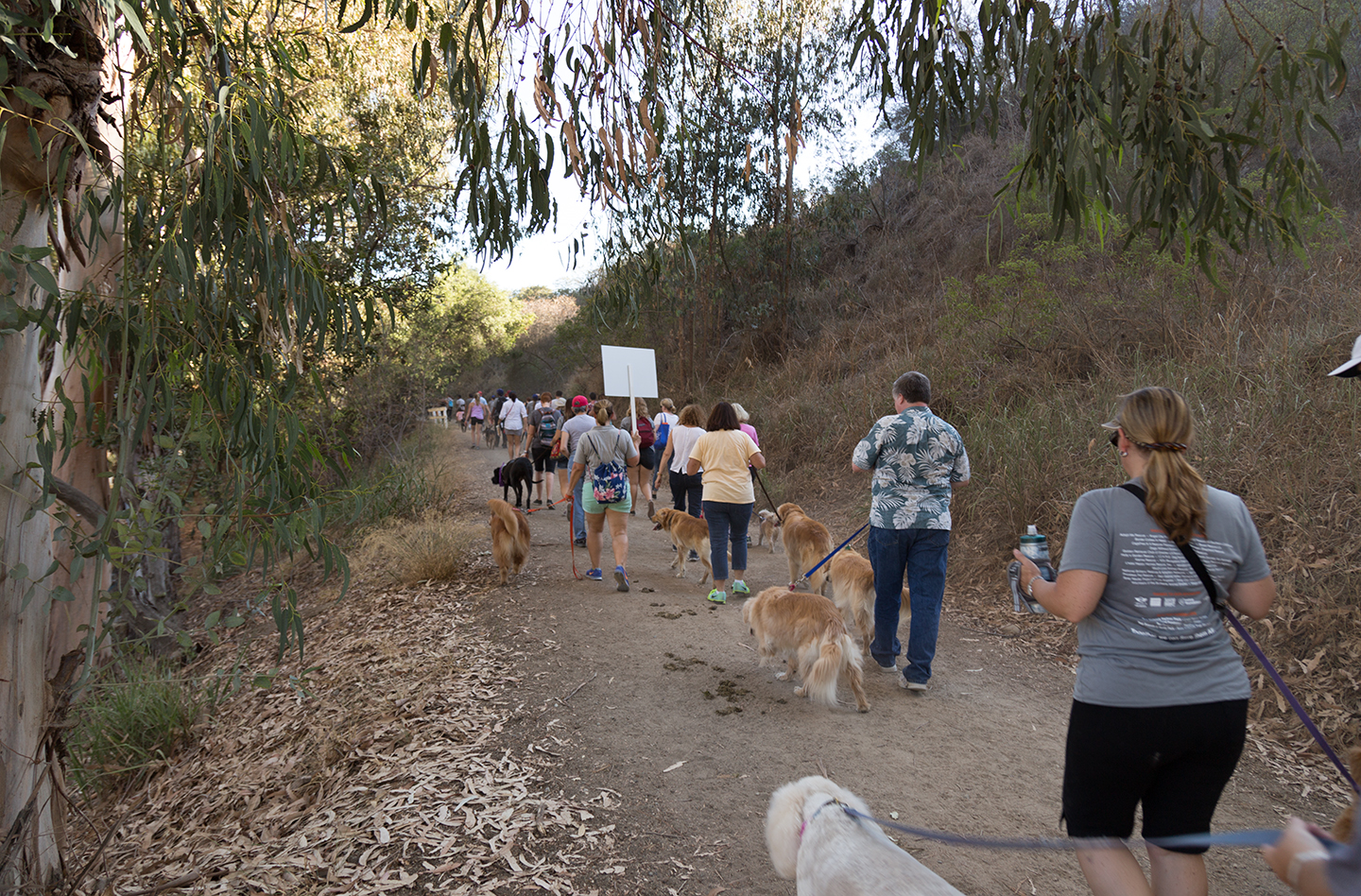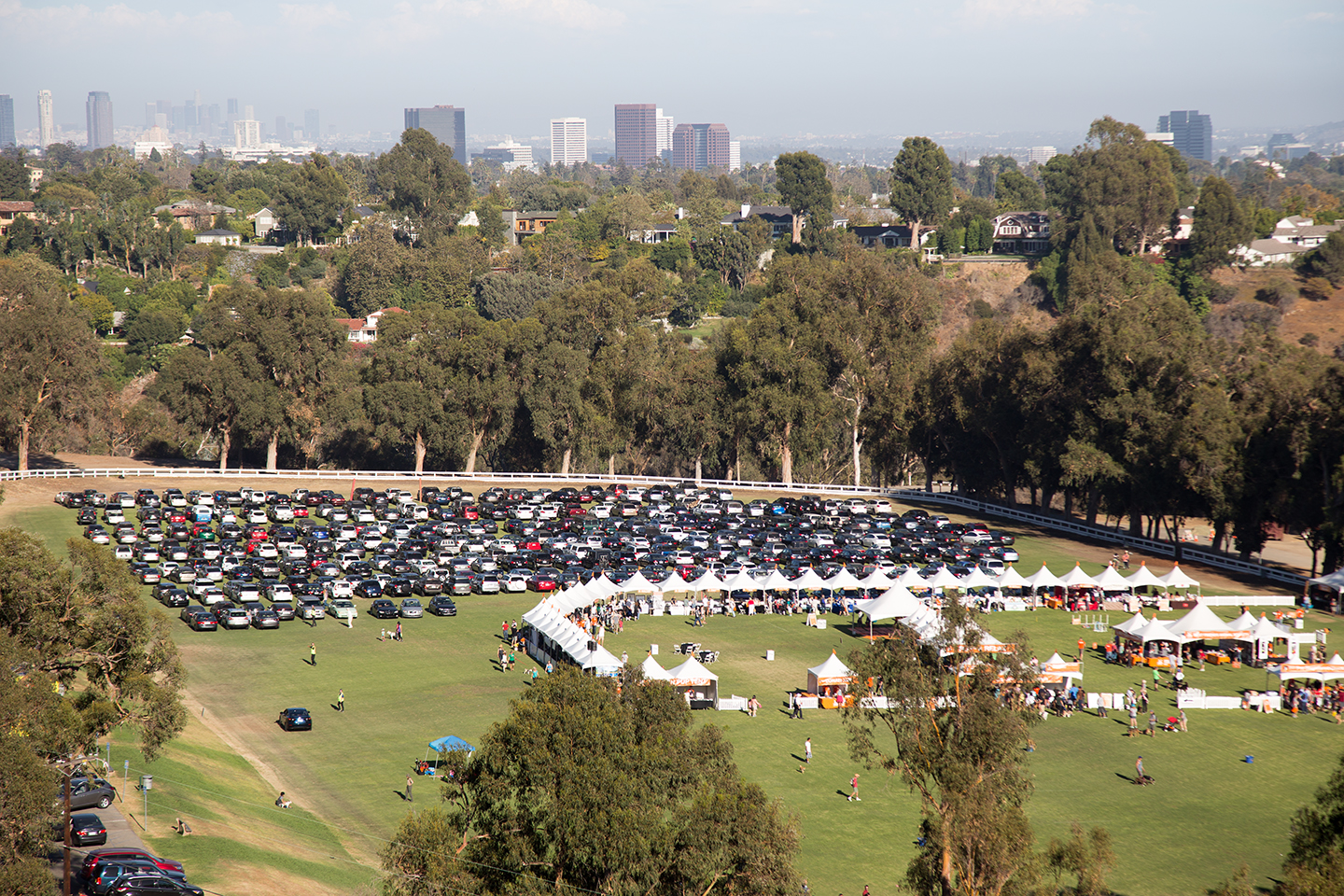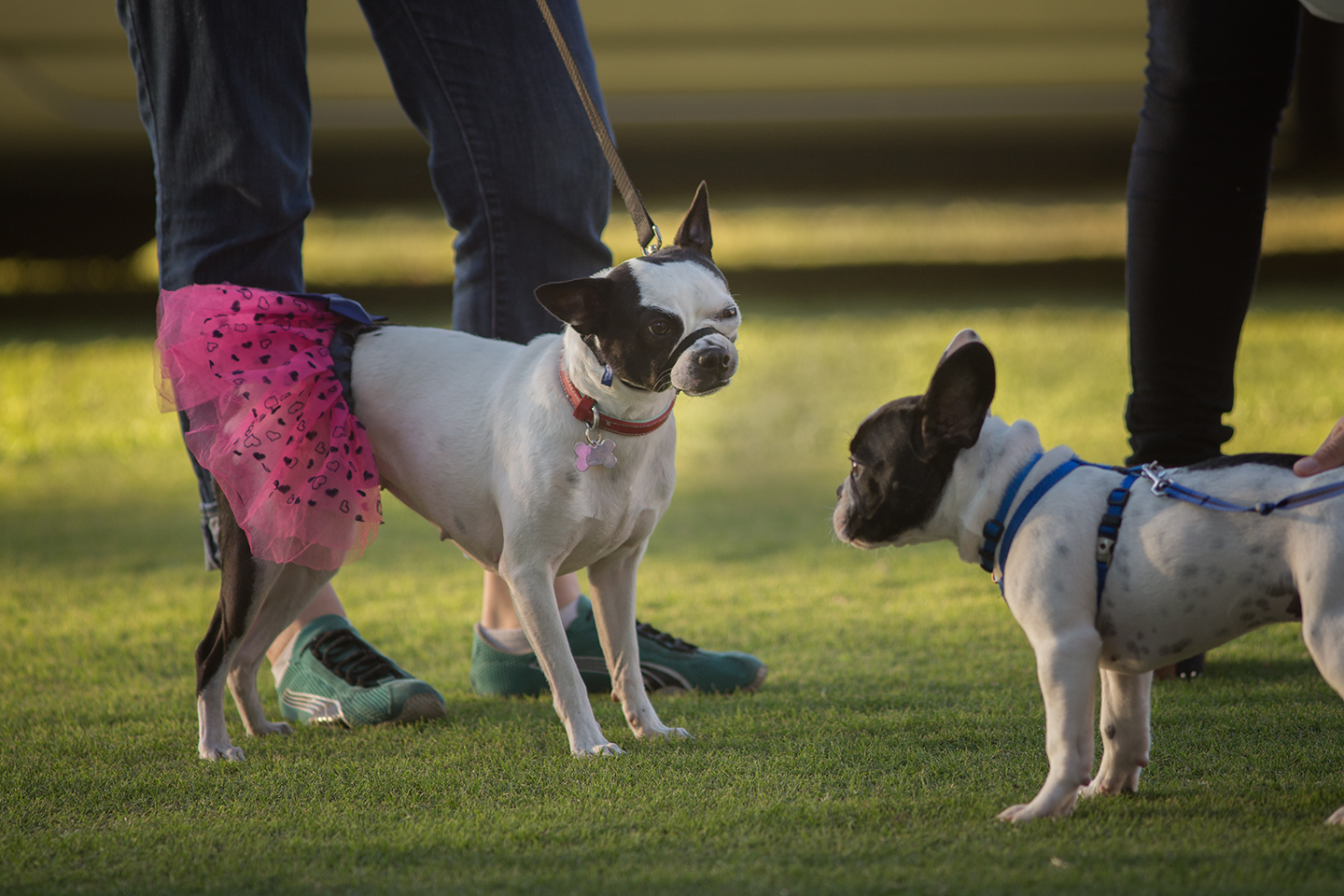The Salton Sea in California’s Colorado Desert is a remote, mysterious, sometimes disturbing country. Created by an engineering accident in 1905, it’s now the largest body of water in California (over 375 square miles) in the middle of one of the driest places in North America. In the mid 20th century the Sea experienced a frenetic land rush and tourist boom that long ago went bust. It became too saline and too smelly to support tourism. Fish died en masse. The sea flooded towns and then withdrew, leaving a corrosive, odiferous mud on everything. People left and never came back. Today, there’s almost nothing there except crumbling, abandoned infrastructure, broken and burned things, rust, trash, piles of fish and animal bones, and teeming flocks of migratory birds. Oh, and a couple of very tiny, very tenacious towns. But more than any of these things, the Salton Sea is made of miles and miles of blank serenity. It’s an empty spot on the map.
Nowadays, most of the few tourists who go to the Salton Sea on purpose go to photograph the scattered derelict buildings on the shores of the Sea, the feeling of armageddon, to capture in a titillating way futility and despair; or they go to see the rich and amazing bird life the Sea supports.
I go because I think it’s actually one of the most beautiful places on Earth. There are many such places, I know, but this one is mine. My most beautiful place on Earth. I have come here many times when I need to be reminded just how spiritually rejuvenating nature can be, and when I want the feeling of being truly alone to feel right and clean and inevitable. I don’t go to the armageddon shores anymore. I keep driving beyond them, beyond all the worry and loss, until I’m right here, where I took these pictures; my most beautiful place on Earth.








































